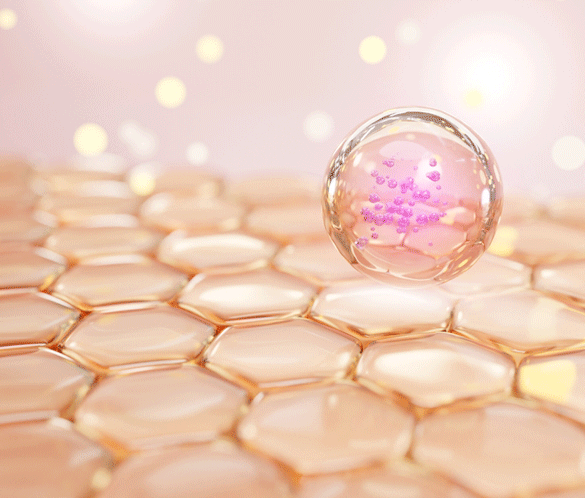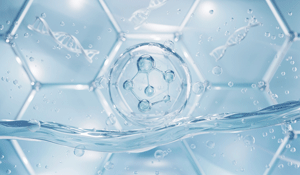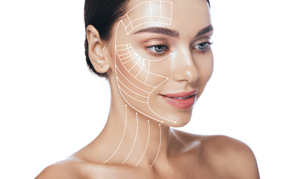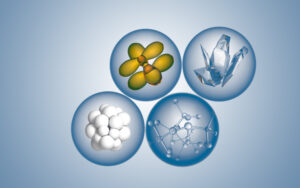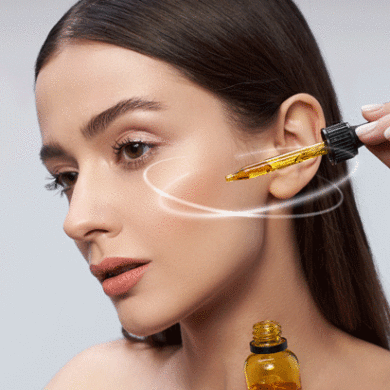What are Ceramides?
Our skin is held together by an interwoven system of cells and tissues. This includes fatty substances called lipids that help it keep its shape. Ceramides are endogenous lipids that make up 50% of the epidermal layer. They are also known as sphingolipids since they are made up of sphingosine bases linked to long-chain fatty acids. Ceramides play an important role in maintaining the shape, integrity, and moisture of our skin.
What do ceramides do for our skin?
Ceramides are essential in maintaining a strong, supple, and permeable epidermal structure. They keep our outer skin layer hydrated by keeping moisture locked in. Keeping it supple and hydrated is extremely important to prevent premature aging. Wrinkles and fine lines tend to show up more clearly on dry skin.
Ceramides act as a barrier to protect the skin from external contaminants. Every day, we are exposed to both natural and man-made dangers. These include environmental pollutants like dust, bacteria, and fungi. Harsh chemicals from makeup, toners, or perfumes can also cause damage if they are not kept in check by the lipid barrier on our skin.
Experts have postulated that a low concentration of ceramides could lead to skin disorders. Studies show that people with fewer ceramides are more likely to develop skin conditions such as psoriasis and eczema, which affect skin permeability and integrity.
Why do we need to supplement ceramides?
Our natural production of ceramides diminishes as we age. This results in wrinkles, dryness, and dullness. Luckily, we can take some steps to prevent this or to regain our youthful appearance. Applying ceramide-containing products and taking ceramide supplements can help keep in moisture and bring back that supple, hydrated, soft dewy look.
Phyto-Ceramides
Our Ceramide Drops help your body naturally replenish it’s own ceramide supply from the inside-out.
Apart from our skin, high-quality natural ceramides can be obtained from plants rich in ceramides, also called phytoceramides, including sweet potatoes, wheat germ, and rice. Our Ceramide Drops help your body naturally replenish it’s own ceramide supply from the inside-out.
Types of ceramides – The Science
We’ve mentioned that ceramides are made up of sphingosine and a fatty acid molecule. The following are some of the more prominent types of your own ceramides.
Ceramide 1 or EOS – This was discovered in 1982 as the first type of ceramide. It is made up of sphingosine plus linoleic acid and functions to bind the skin together. Ceramide 1 works together with Ceramide 3 to maintain the skin barrier’s integrity.
Ceramide 2 – This is also known as NS or NG.
Ceramide 3 or NP – This is made up of phytosphingosine plus stearic acid. It works with Ceramide 1 to keep toxins out of the body while maintaining the skin’s water content.
Ceramide 6-II or AP – This is a common ingredient in skin care products containing ceramide.
Ceramide 9 or EOP
Ceramides 1, 3, and 6-II are particularly beneficial for bringing moisture back to dry skin.
We hope you now better understand the importance of protecting the ceramides within your skin, and how our ceramide supplements can help your skin become touchably softer and better hydrated.


